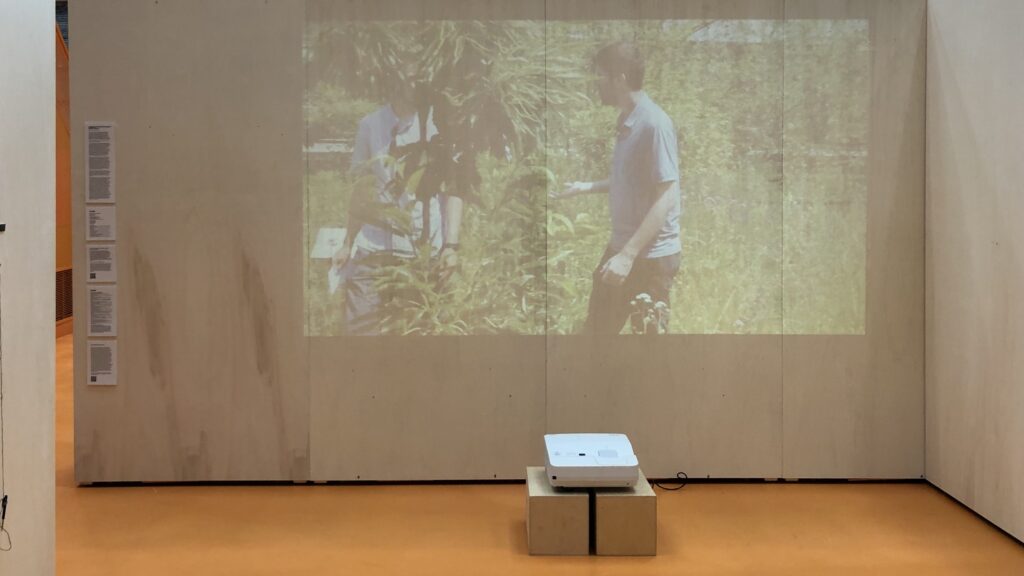Exhibition ‘What have we learned?’
Preview on Post-Pandemic Public Spaces
How do you think our the design of public space, thus our cities, will change under influence of the pandemic? The answering of this question has been explored in nine engaging interviews with representatives of the Dutch practice and presented in a documentary. Key players in urban design, at the municipality, active in city-making, and/or working in the public domain differently have given their views. In addition, this question has been leading in a survey given to undergraduates and graduate students of our faculty, as well as to a few students in other programmes concerned with the public space (like human geography and planning, urban studies, and metropolitan analysis design engineering). Stimulated by innovation and creative thinking, a vast majority wants to explore new directions, against those preferring ‘back to normal’.

The documentary is made by Matt van Kessel, Hanlin Stuer, and Olivier Wiegerinck, embedded in the research group on public space of Maurice Harteveld, Birgit Hausleitner, Claudiu Forgaci, Tanja Herdt and Ioanna Karadimitriou. A preview of the documentary is presented on the large screen at the exhibition ‘What have we learned?’, on display during the month of September 2021, in Delft. Please feel welcome to have a break, and watch!
where:
Delft University of Technology
Faculty of Architecture
Julianalaan 134
2628 BL Delft
The Netherlands






